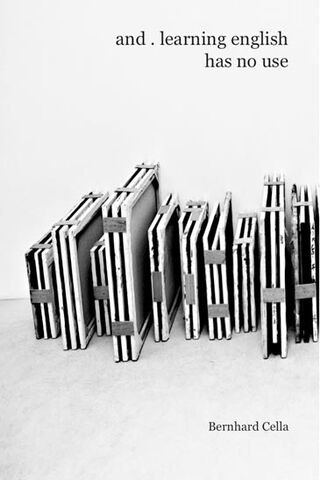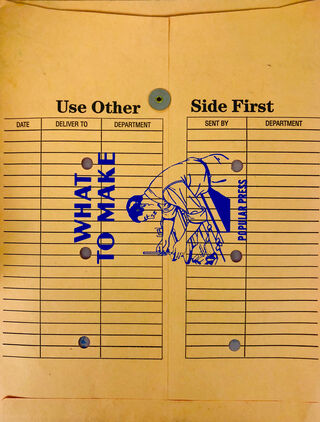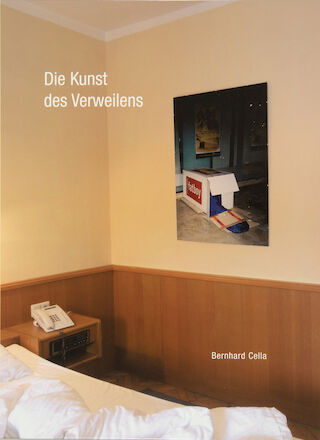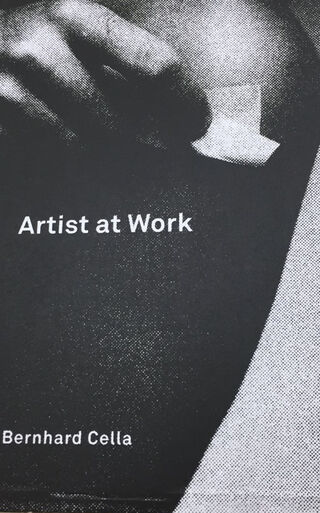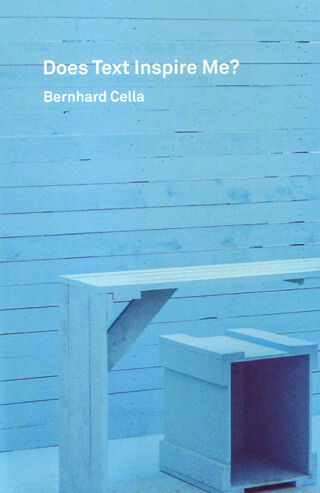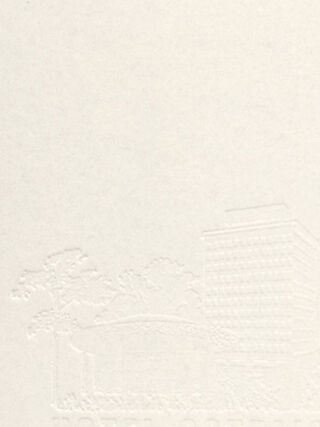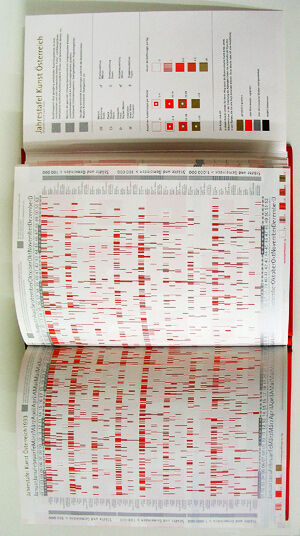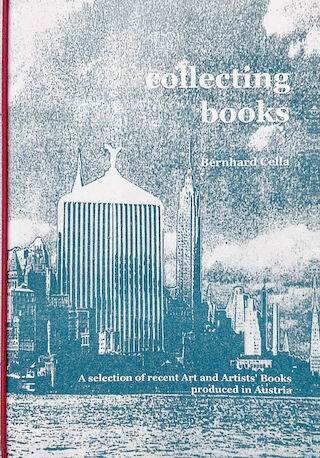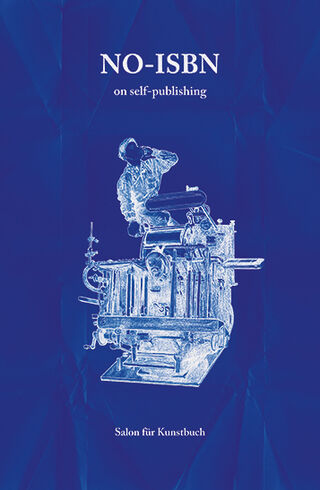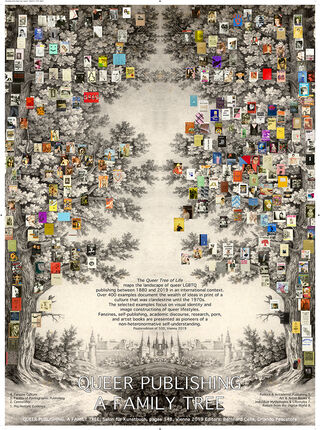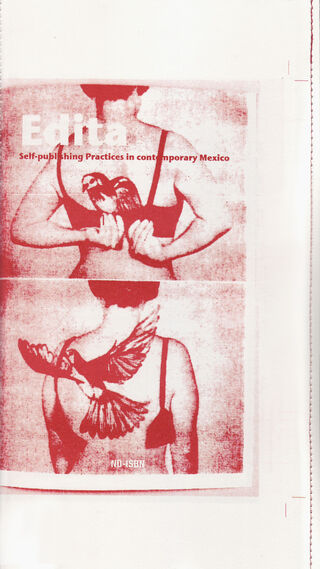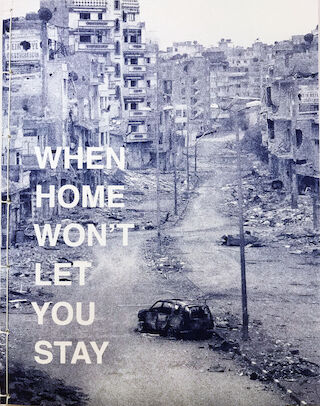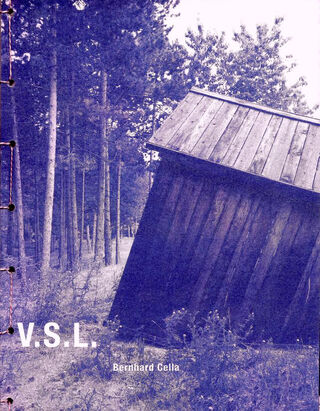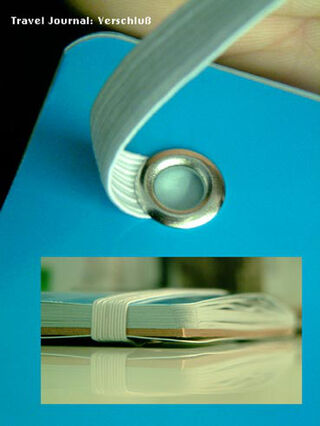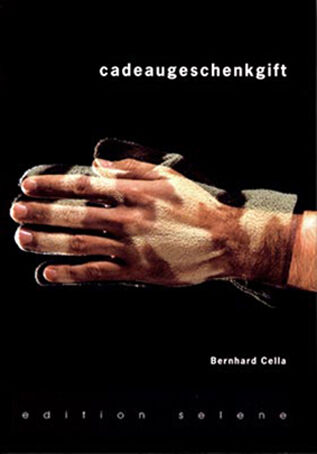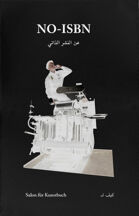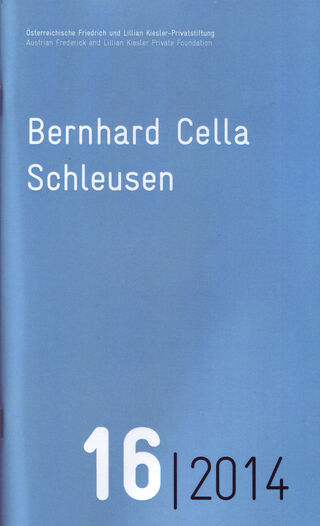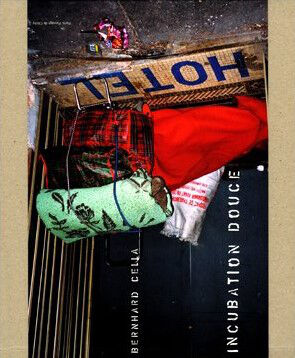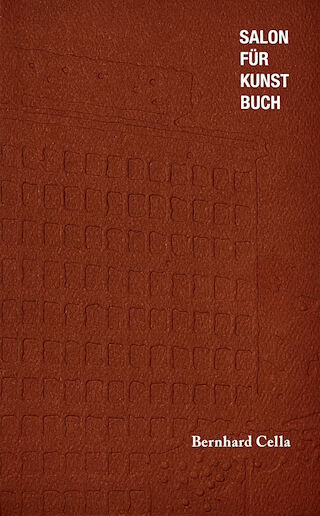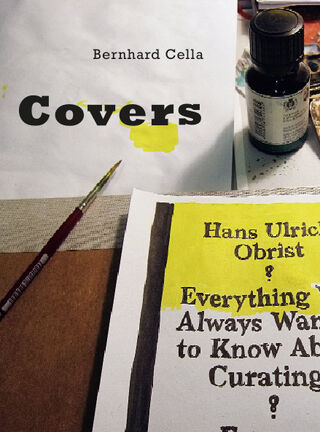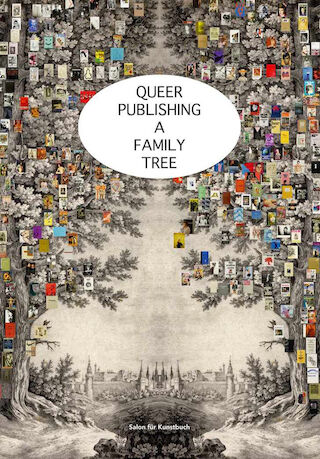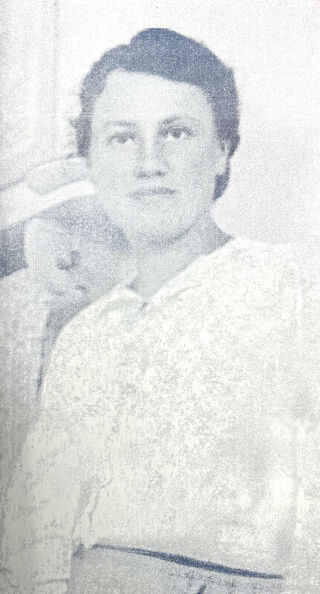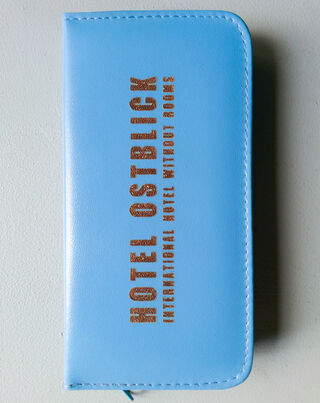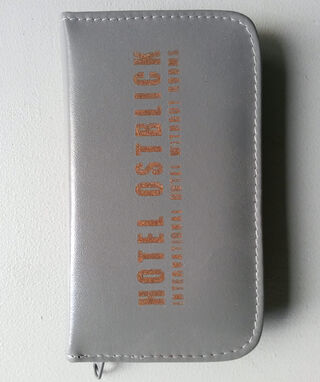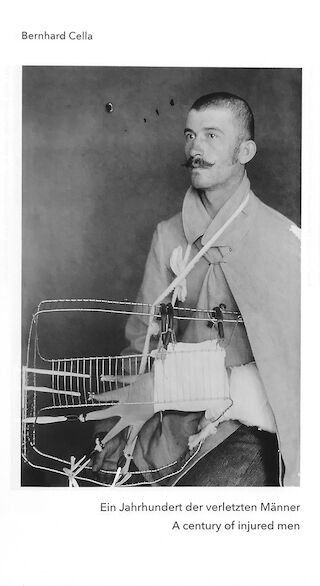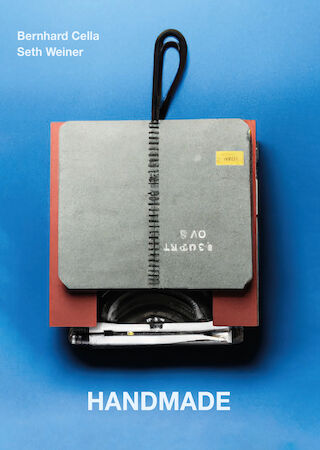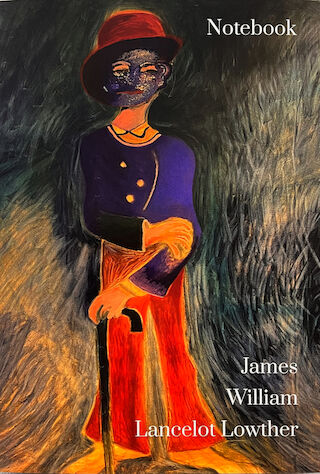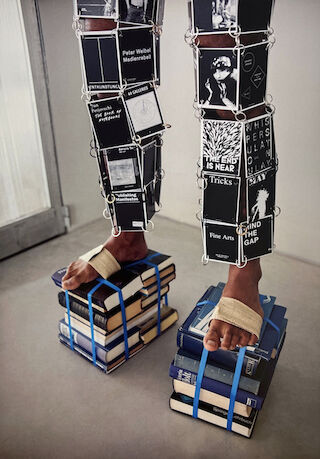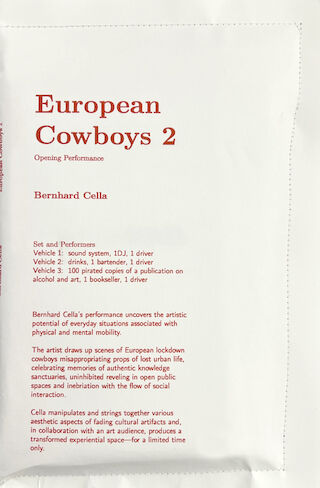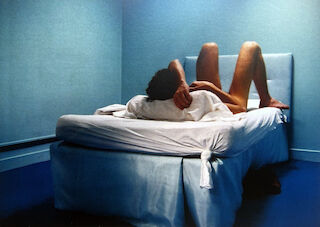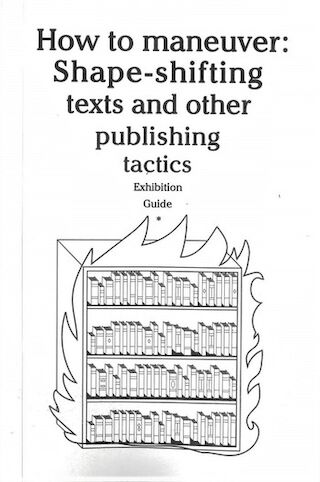1 m² Kunst
The grid, the abstract geometric structure - the ideal form of the square ¬is modernism's most important figure of pathos as a symbol of the radi¬cal break with historic art.
ART IN A GRIDDED SPACE A 14-day Game The grid, the abstract geometric structure - the ideal form of the square ¬is modernism's most important figure of pathos as a symbol of the radi¬cal break with historic art. The abstract, geometric grid served the avant-garde as a lormal means for expressing its desire for a "tabu la rasa" on which it could establish an uncompromised "seil as origin" (Krauss). This we find in Malevitch and Mondrian as weil as in the Minimal Art of Sol LeWitt, Carl Andre or Eva Hesse. What makes this vision 01 the artist's originality paradoxical, how¬ever, is that no other figure in art is as suggestive 01 repetition as the geometric grid. The dogma of avant-gardistic authenticity is ambiguous, as Rosalind Krauss writes: "And just as the grid is a stereotype that is constantly being paradoxically rediscovered, it is, as a further paradox, a prison in wh ich the caged artist feels at liberty."
The postmodern, conceptually oriented reflection of the avant-garde no longer allows the dichotomy "originality/repetition" to be defined in terms of the categories "authentic. progressive" and "imitation, eclectic". Rat¬her, art now examines the boundaries, making these visible in both a for¬mal and conceptual sense. It is precisely these boundaries Bernhard Cella addresses in his project "1 square meter of art". The dialectic of freedom and constraints alluded to touches on the pluralism of arti-stic expression as weil as the artist's desire to reach the public and the expanding capa City of themarket. These-aspects are reflected in the si¬mulated setting 01 the gallery. For 96 artists it was a "tabu la rasa" desi¬gnated by name. "Self as origin", a claim inherent to the avant-garde from the very beginning, was reflected but at the same time ironically subverted.........


